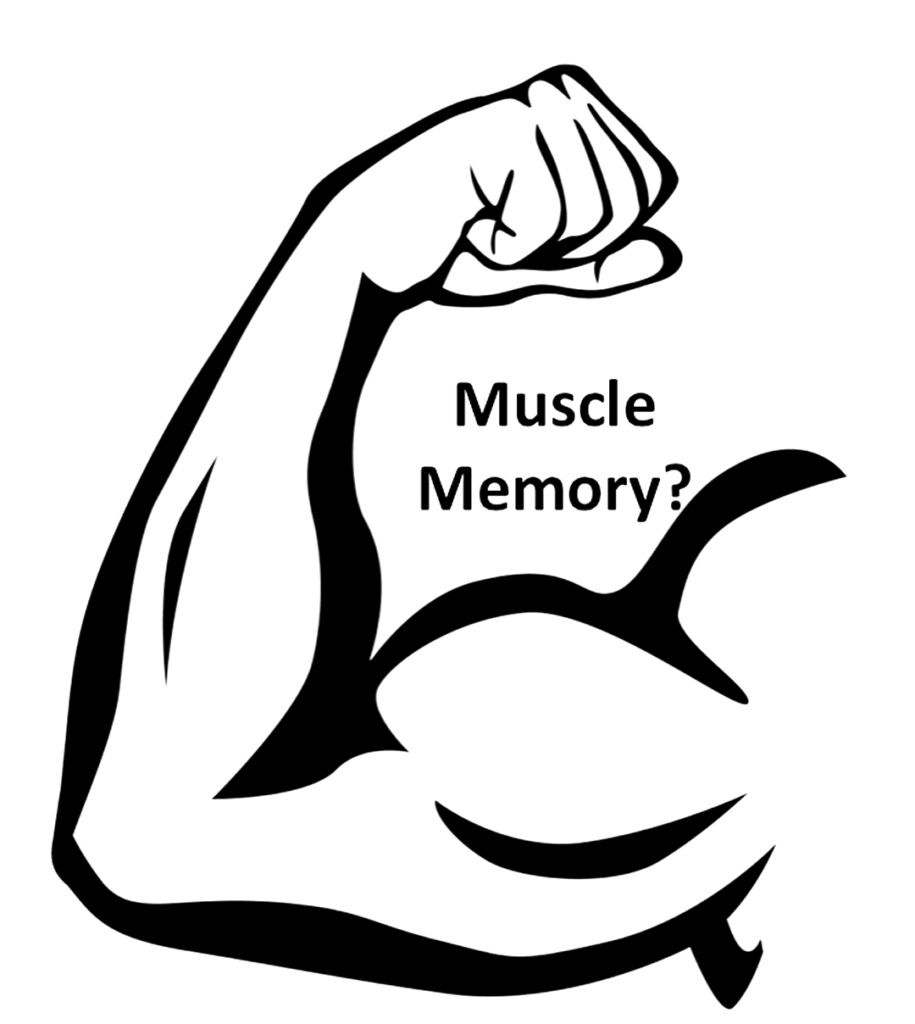Locking it up


We’ve all read about people shooting their handguns to protect themselves and to protect others. How would you know if you could shoot accurately at a certain distance? How would you know how far your semi-automatic handgun could shoot.
First, of course, you’d have to learn to shoot accurately. That means practice. Shooting is like any other sport, whether swimming, golfing, or playing tennis. There’s no way around it. If you want to hit the x-ring of your target, you have to practice.
Newbies to the range want to know how to align their sights. USA Carry describes sight alignment: “Sight alignment is the relationship of the front and rear sights. Simply, the eye must be lined up with the Front and Rear Sights and the sights positioned so that the alignment is correct. Proper sight alignment of the two sights means that the TOP of the Front Sight is vertically centered in the NOTCH of the Rear Sight, so that there is an equal amount of white space on either side of the Front Sight post. It also means that the TOP of the Front Sight is LEVEL horizontally with the TOP of the Rear Sight.”
Some sights are more difficult to see than others. A black U or V-shaped sight in the rear may be harder to see than a couple white dot sights. If you have trouble aligning your sights because the rear ones are black and don’t stand out, you can paint white nail polish into that U or V-shaped rear sight.
Once you have the front and rear sights aligned, the x-ring sits on the front sight dot or ramp. Where? Now, that’s up to your gun. Depending on the specific handgun, the x-ring may sit directly on top of your front sight, or it may be directly beneath your front sight. So, how do know which way your front sight sits? This is called your sight picture.
Here is where a shooting rest comes in handy. Strap your gun onto it so the gun doesn’t move. Hold the gun with the same tension you usually would use to shoot. Align front and back sights. Then shoot and inspect where you’ve hit the target. This will let you know where exactly you’ll place your front sight when you aim. From then on, you’ll practice. After a while, your arms will fall into muscle memory, and you’ll become better and better at knocking out that x-ring.
Now that you have some muscle memory, at what distance should you be practicing to shoot?
According to Gun Zone, “For self-defense purposes, handguns can be considered effective within a range of about 7-25 yards, as most confrontations occur at close distances. Yes, different calibers can significantly impact shooting range. Larger calibers generally have more power and longer effective ranges compared to smaller calibers.”
When you visit the Wakulla County Sheriff’s Office range, you’ll notice that targets are set up in four positions. The first position is about 7.5 yards away and the second about 15 yards, the third at 25 and the fourth at 50 yards away. Since most encounters occur about 20 feet away, the first target position is a good place to practice.
But can you shoot your 9mm semi-automatic at 50 yards?
Yes, however… Since encounters are most likely to happen around 7.5 yards, proficiency at 50 yards is less likely to be productive.
Our friend, Rick, can shoot his Sig Sauer P365 all the way to that 50-yard target. He’s had loads of practice with this handgun. Lots and lots of practice. And it’s pretty cool that he has this ability, but still, in most confrontations, that 7.5-yard target is what deserves the most practice.
Now that you’ve acquired some muscle memory at the 7.5-yard distance, what type of ammunition is good?
Basically, the 115-grain 9mm Luger round is great for practice, and is less expensive than other rounds. If you want to get prissy about it though, my Equalizer shoots a bit more accurately with 124-grain rounds. Some guns may even do better with 147-grain rounds. I still buy the least expensive rounds for practice. If you know of a reputable company, reloads are even cheaper, but you do need to know your reloader.
What ammunition to choose for defense?
Well, here is where the more expensive ammunition comes in. There are many types of ammunition for self-defense. Some have a hollow point. Some are called +P or even +P+. These loads may be too hot for your gun and may damage it. You have to read your manual to know what kind of defensive load your gun can handle.
So, the type of ammunition, your sight picture, and practice make a difference when you’re trying to shoot accurately. What else makes a difference?
Barrel length makes a difference. Velocity of the ammunition improves with the length of the barrel, so if you’re looking for self-defense, barrel length should be a strong consideration. If it’s going in your purse, though, you’ll have to give up some accuracy for the shorter barrel.
When your handgun is used primarily for self-defense, you need to have practiced enough to understand your sight alignment with this particular handgun. You’ll want to practice target shooting your gun with target loads, and then you’ll need to know how your gun reacts when you’ve loaded the hotter, self-defense loads.
To protect your life, know your gun and your ammunition. Practice.
And then, practice some more.
Marj Law is the former director of Keep Wakulla County Beautiful who has become an avid shooter in retirement.

